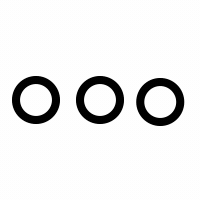
Using artificial intelligence algorithms and innovative technological design, we develop intelligent sensor systems. The sensors we offer are self-aware, so they can compensate for measurement errors in real time and inform users when simple maintenance is required.
The ability to gather reliable data about water quality will enable treatment processes to be optimized, water quality to be improved, and facility performance to be increased.
Enhanced efficiency and quality regulation are made possible by real-time sensors for water quality.


Anything you put in water will get dirty over time, and sensors are no exception.
Through multi-directional detection and advanced optics, we continuously monitor the performance of the sensor's components.
Innovative light sources used in the optical sensors reduce the device's energy consumption, allowing it to be installed even in remote locations while powered by solar cells. This increases the deployment potential of water quality monitoring devices.
Multidirectional Detection
Dynamic
Control
User Inputs




UVC LED
Light sources

AQUA-INSIGHT
AQUA-INSIGHT AI is trained to separate deviation factors from water measurement, so it could correct measurements in real-time considering the sensor fouling.
Data from operators is fed back into AQUA-INSIGHT, which adapts to changing circumstances. An alert is issued when a measurement error cannot be corrected by the system, and a maintenance operation is required.
The AQUA-INSIGHT real-time automatic calibration improves detection accuracy and reliability

Optical sensors suffer from fouling of the optical windows. Consequently, less light reaches the detector and the sensor "thinks" the concentration has increased. A continuous increase in error will occur without manual intervention by the operator.
With AQUA-INSIGHT AI, multiple signals are correlated in real-time to compensate for lost light due to fouling. Compensated signals accurately represent contaminate concentration in water.
